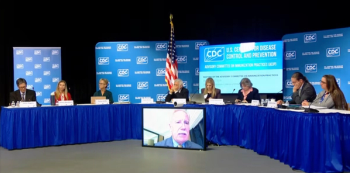
Using Fragment-Based Approaches to Discover New Antibiotics
In the July 2018 issue of SLAS Discovery, a review article summarizes new methods of fragment-based lead discovery (FBLD) to identify new compounds as potential antibiotics.
Authors Bas Lamoree and Roderick E. Hubbard of the University of York (UK) explain how FBLD works and illustrate its advantages over conventional high-throughput screening (HTS). Specifically, how FBLD increases the chances of finding hit compounds; how its methods can deliver hits without the massive investment required for HTS; and how by starting small, FBLD gives medicinal chemists more opportunities to build more drug-like compounds. These principles are illustrated in the review and supported with recent examples of discovery projects against a range of potential antibiotic targets.
The rise in antibiotic resistance is now recognized as a real threat to human health. However, no new antibiotics have been developed in many decades. FBLD begins by identifying low molecular weight compounds (fragments), which bind to protein targets. Information on how the fragments bind to their protein targets is then used to grow the compounds into potent drug candidates. Because the fragments are small, they are more likely to fit into a binding site and each fragment represents a huge number of potential compounds.
Source: Society for Laboratory Automation and Screening (SLAS)
Newsletter
Stay prepared and protected with Infection Control Today's newsletter, delivering essential updates, best practices, and expert insights for infection preventionists.






